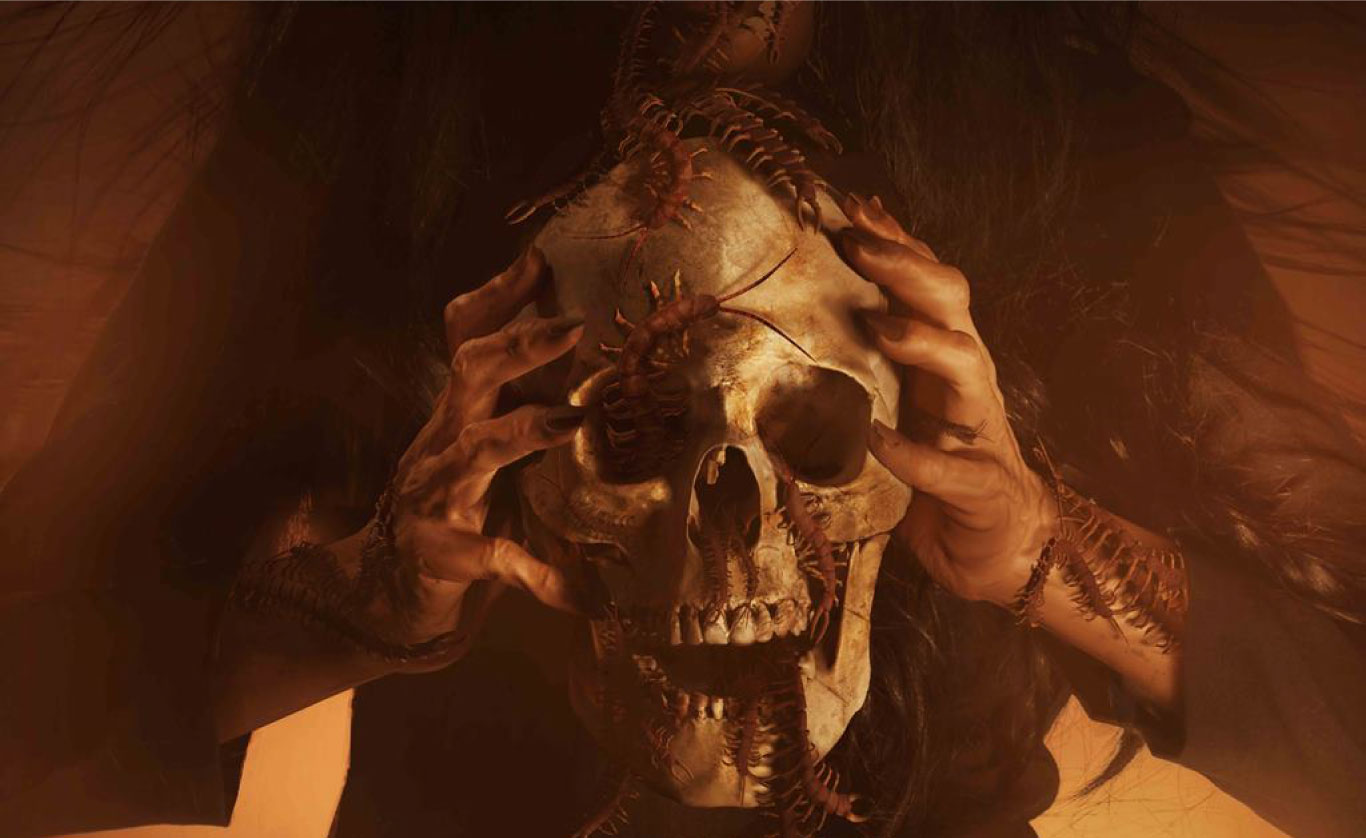Popular Reads
Top Results
Can't find what you're looking for?
View all search resultsPopular Reads
Top Results
Can't find what you're looking for?
View all search results'Ratu Ilmu Hitam': Blood-curdling and unsettling adaptation of horror classic
While the original version focuses on the titular character’s vengeance, Kimo Stamboel’s version shifts the focus to the damage.
Change text size
Gift Premium Articles
to Anyone
F
ear is one of our most basic emotions; it is programmed into our nervous systems and works instinctively. In the wrong hands, it can be used to manipulate us into thinking and doing things that those who hold the power over our fears want.
Kimo Stambol’s latest feature, Ratu Ilmu Hitam, reimagines the 1981 horror film of the same name, but it isn’t exactly exploring or overcoming fear. Written by screenwriter-cum-director Joko Anwar, the movie uses the multilayered nature of fear and its complex relationship with power to showcase how it can be used to control, manipulate and oppress others for the sake of one’s own personal agenda. While this isn’t exactly new, Ratu Ilmu Hitam’s concept benefits from its own simplicity, making the whole experience a lot more alluring.
At its core, this modern version is not completely different from the original in which a woman who has been hurt by society takes revenge by using black magic. Whereas the original focuses on the titular character’s grudge and revenge acts, Kimo Stamboel’s version shifts the focus to the damage. Although the final result isn’t as audacious as what the late Indonesian horror queen Suzzanna Martha Frederika van Osch harrowingly displayed in the original, Ratu Ilmu Hitam still manages to offer a hellscape that will make you uncomfortable throughout the movie.
Ratu Ilmu Hitam follows family man Hanif as he goes back to his rural orphanage to visit its head, who now has a serious illness. Accompanying him on his journey are his wife, Nadya, his three children, Dina, Sandi and Haqi, his two best friends, Anton and Jefri, and their wives. From the first few minutes, a sense of terror lurks beneath the familial warmth presented on the screen.
Read also: 'Ratu Ilmu Hitam' offers relatable story for modern audiences
But instead of rushing things, Kimo observes the characters as they try to acclimate to the orphanage, where the only other residents are Bandi are Hanif’s former friends in the orphanage, Mamat and Siti. There are also two other orphans, Rani and Hasbi. The build-up in the first act will test some people’s patience as the dialogue can feel a little too rigid and some scenes are a tad too long. But after the horror emerges, Ratu Ilmu Hitam does not hit the brakes. It’s in this part that Kimo starts to control the elements of the film while never being too exploitative. He cleverly displays the terror in a very thorough manner, building the climax deliberately by peeling the layers one by one as if to torture us slowly.
As the gate to its own hell is opened, Ratu Ilmu Hitam manages to constantly shift both our expectations and suspicions from one character to another by taking the time to explore each character as they grapple with the night of terror. It’s exciting and scary at the same time, and it’s obvious that Kimo had fun throwing more acts of terror toward the characters at every step of the way. Blood is spilled, bugs and centipedes crawl under the skin, while suspicions and terrors rise. These moments are where Ratu Ilmu Hitam is at its most fun, offering gory mayhem and great performances of the cast.
To me, however, what makes Ratu Ilmu Hitam even more superb -- despite some flaws at the beginning -- is how even when it brings convulsing horror, the film stays true to its theme. In fact, in almost every minute of the second act, Kimo is able to channel his idea of fear through the individual terror that each character faces.
Not everything in the film works well. Nevertheless, the way it unsettles us while allowing us to understand the motivations of each character makes the film remarkable in its simplicity and mayhem. (dev/wng)











